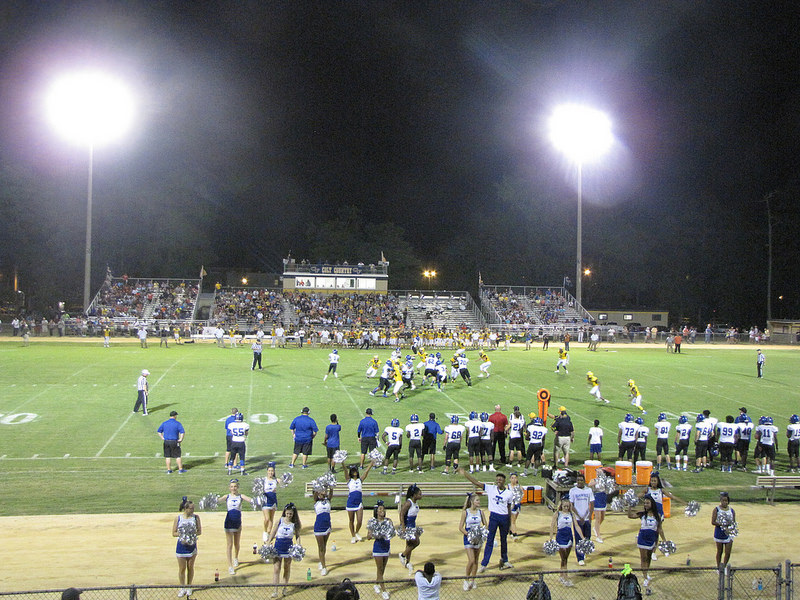| Fall may not yet be in the air along the Wasatch Front, but footballs are, and that brings to mind some anniversaries. Forty years have passed since I last laced up shoulder pads as a high school senior. My football career was mostly forgettable, as I detailed in a column several years ago. The older I get, the more sympathy I have for our perennially grumpy coach. I appreciate today what I didn’t understand in 1976, which is that he relied |
| | on our performance for his paycheck. With a 1-9 season, we didn’t exactly give him a sense of job security. This year also is the 110th anniversary of a turning point in the game — rule changes that were meant to save lives. The changes came after a meeting of college leaders, urged by President Theodore Roosevelt. He sincerely believed the game prepared young men for the battlefield, but he understood concerns about mounting deaths on the field. Roosevelt wrote to a friend that he wanted changes that saved life without causing the game to be played “on too ladylike a basis.” And so the forward pass was introduced and the flying wedge outlawed. A news story at the end of the ’06 season told the results. Eleven players died and 104 were severely injured. That was an improvement from the 18 dead and 156 severely injured the year before. Football was saved. While you’re smiling about life in the helmet-less days of yore, consider that in 2015 seven players died from injuries sustained on football field — solely among middle and high school players. USA Today also reported that eight died in 2014, and that at least one middle or high school player has died each season since 1995. Turns out we haven’t improved the death toll much over the past century, even if the odds of avoiding death and injury have improved. Many more people play the sport today than in 1906. In Utah, 8,587 high school students played in 2014. Nationally, the figure was 1,083,617, according to the National Federation of State High School Associations. My point here isn’t to suggest, as the president of the University of California said in 1906, that the “experiment in American college football” won’t survive. Nor would I urge it to be tossed onto history’s sports landfill, somewhere next to the deadly ancient Mayan “ball game.” Having played football, I appreciate its life lessons, as well as the intricacies, complexities and strategies it combines with strength and skill. But what I feel wouldn’t matter much, anyway. After more than a century, football is as ingrained in U.S. culture as the patina on an old copper dome. What we can do is make everyone more aware of the signs of trouble. That is happening to a large extent. In Utah, coaches are trained to be aware of the symptoms of brain injuries. Two years ago, extra physical exams were required to guard against undiagnosed heart conditions. But football’s culture of toughness goes much deeper than that. A recent survey of high school players by researchers at Cincinnati Children’s Hospital found that 90 percent understood the warning signs of a concussion but 53 percent said they would “always or sometimes continue to play with a headache sustained from an injury.” Only 54 percent said they would either always or sometimes report such symptoms to their coach. Many studies I have read say statistics about concussions are unreliable because so many of them go unreported. Young players want to play. Teenagers have a false sense of their own invincibility. Laws in some states requiring the immediate removal of players with symptoms may make it less likely that players report what they’re feeling. Parents may be the only hope for tackling this problem. The sense of ethics they teach, the priorities they instill, and their ability to communicate with their children can help them understand the overriding importance of staying healthy. I’m not sure I would have gotten it 40 years ago, despite the sting of nine losses. But then, people weren’t as aware of the risks back then. In that sense, things have indeed improved with time, even if the game never will be completely safe. |


 RSS Feed
RSS Feed

